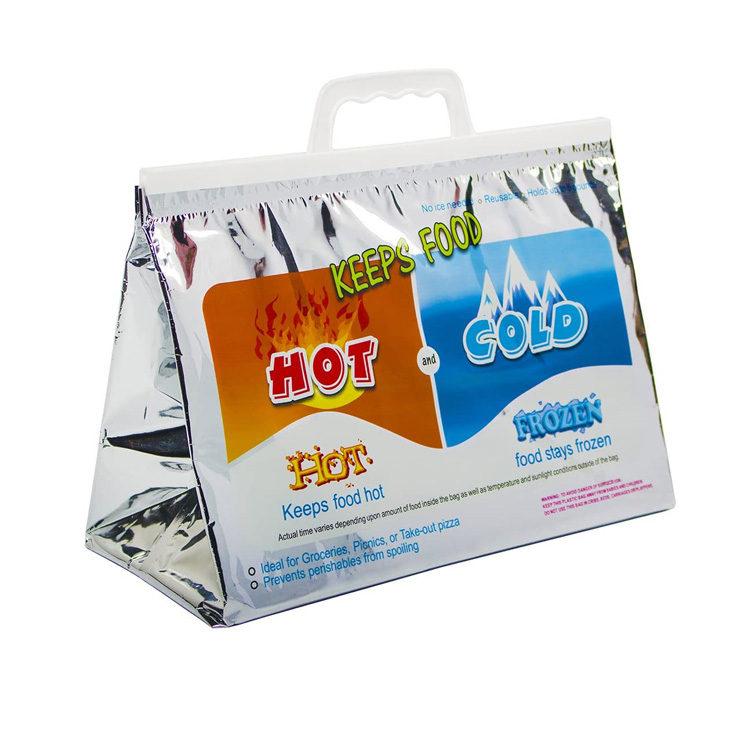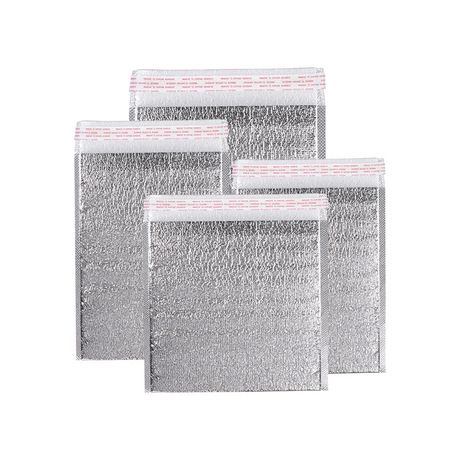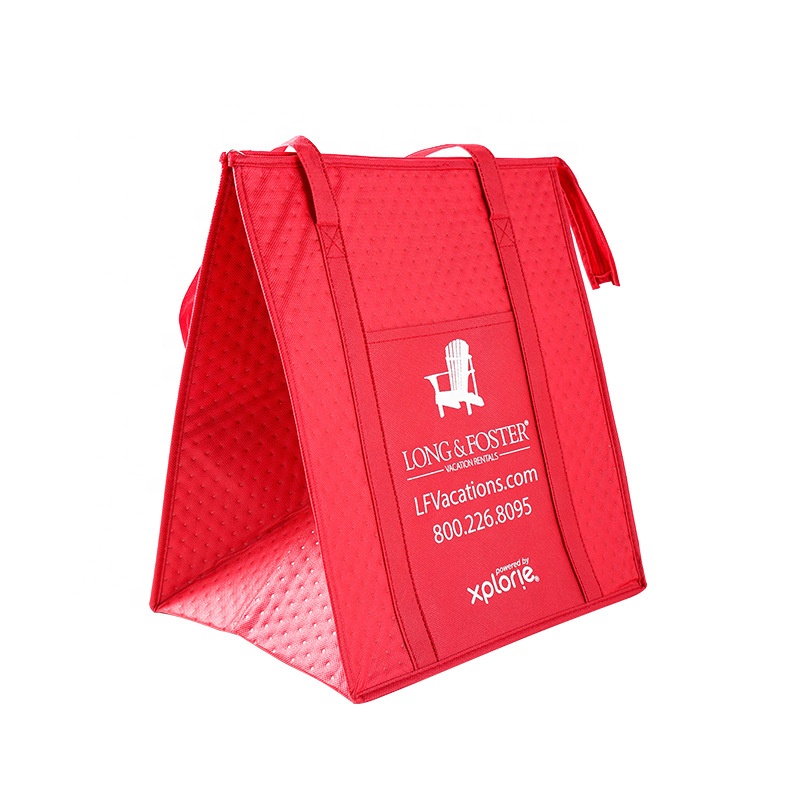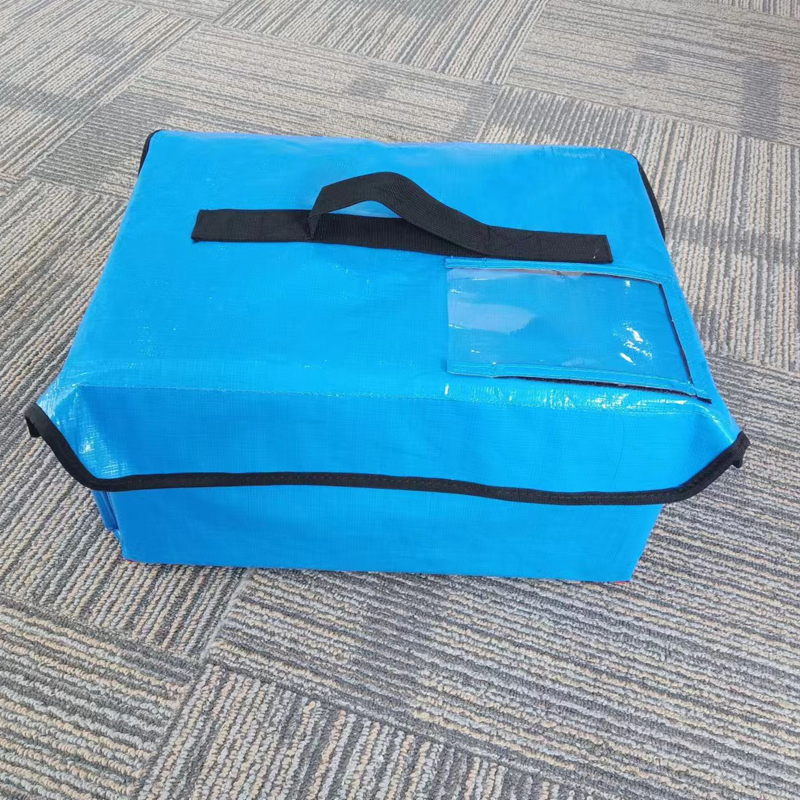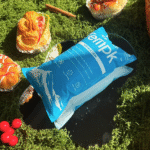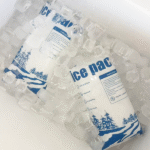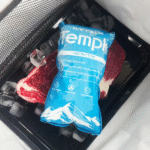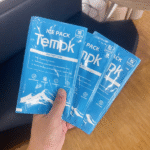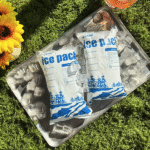Untuk pengirim rantai dingin, kompres es sangat penting untuk melindungi obat-obatan, makanan, and medical supplies. Meskipun harga penting, smart buyers know nilai beats biaya sendiri. Here’s how to invest wisely in 2025.
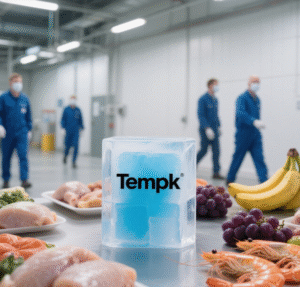
What Drives Paket Es Harga?
Three key factors set costs:
- Materials: Basic gel packs cost less upfront. High-tech PCMs (bahan perubahan fase) cost more but hold precise temperatures longer—critical for vaccines or biologics.
- Durability: Thinner plastics reduce material costs but risk leaks. Robust HDPE casings (seperti milik Tempk) cost more initially but survive 100+ digunakan kembali.
- Sertifikasi: FDA/ISTA-approved packs for pharma or food cost more but prevent costly compliance failures.
Pro Tip: Cheap packs often mean frequent replacements. PCMs save 30%+ long-term by reducing spoilage and shipping extras.
Smart Savings Strategies
- Reusability Matters: PCM packs recharge 120+ siklus (vs.. 20-30 for cheap gels). Tempk retains 95% cooling power after 120 uses—saving replacement costs.
- Right-Sized Cooling: Overpacking with ice adds weight and fuel fees. Match PCM set-points (-20° C hingga +4 ° C.) to your cargo’s needs.
- Prevent Failures: A single temperature excursion can cost $10k+ in rejected pharmaceuticals. Certified packs reduce this risk.
Tempk’s Value Edge
Tempk balances cost and performance:
- PCM cores maintain temps 2x longer than gels, pemotongan “safety margin” paket.
- Food-grade HDPE shells endure rough handling, reducing replacement rates.
- Custom shapes minimize unused space in coolers, lowering shipping weight.
- ISO-certified production ensures consistent quality—no surprise failures.
Intinya
Prioritize cost-per-shipment over sticker price. Investing in durable, precise PCM packs like Tempk’s slashes:
- Replacement purchases
- Product losses
- Fuel/weight fees
- Compliance penalties









